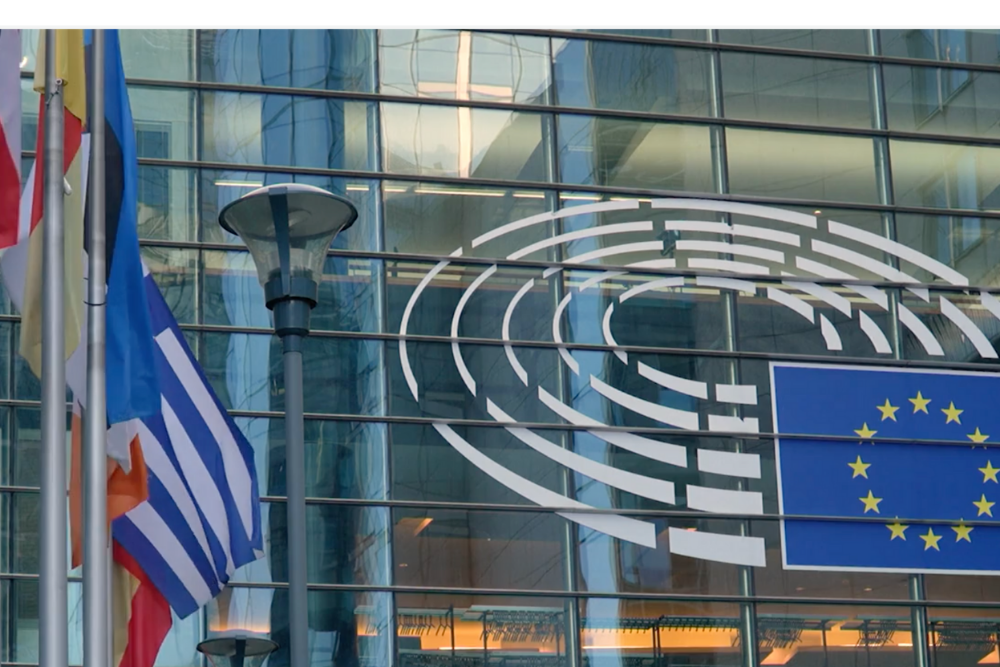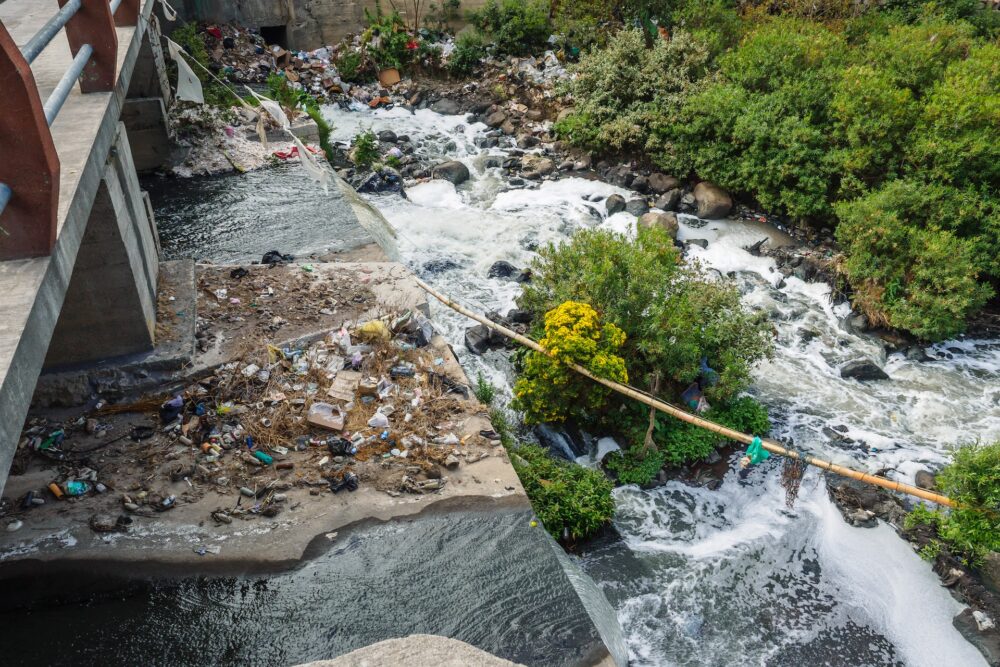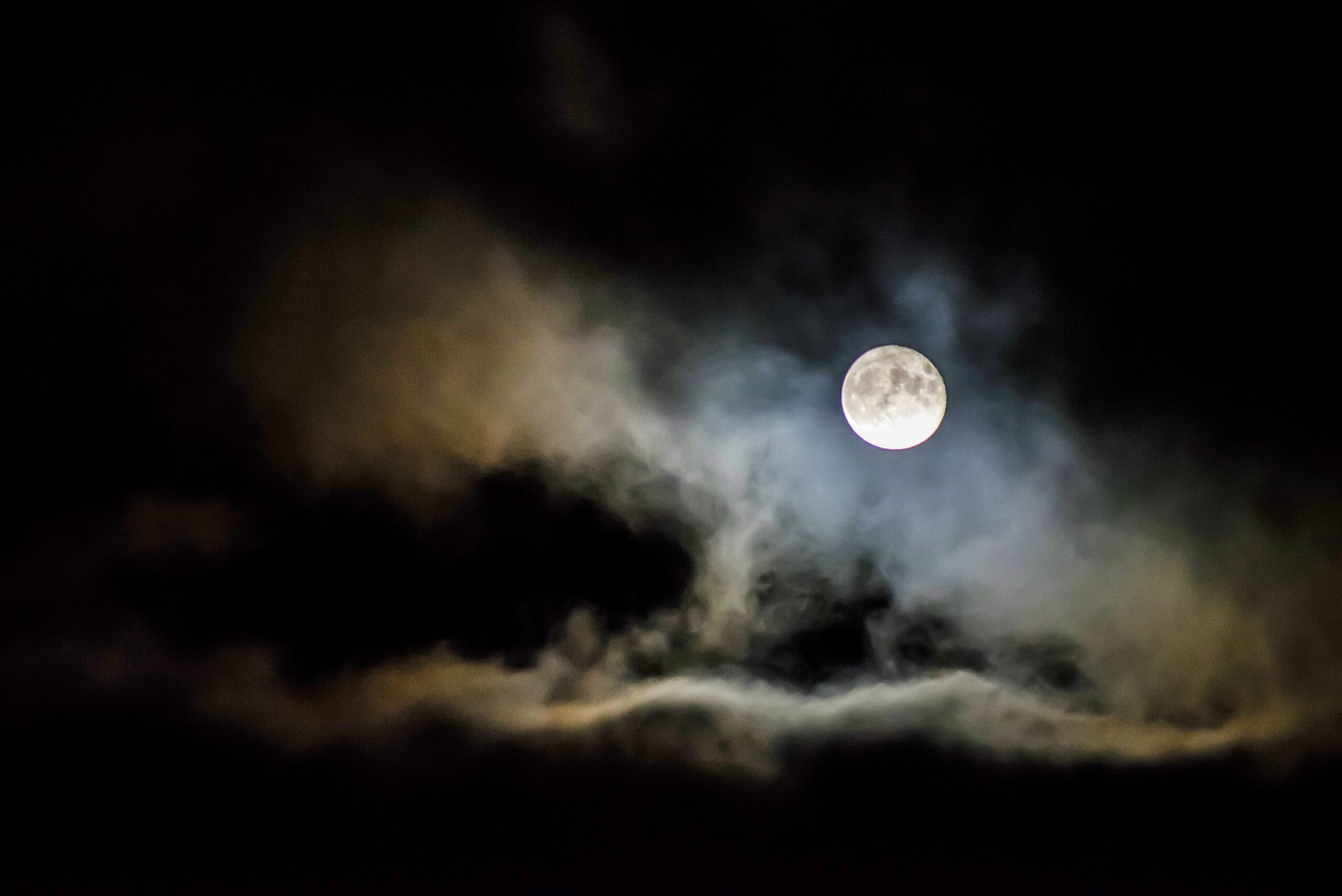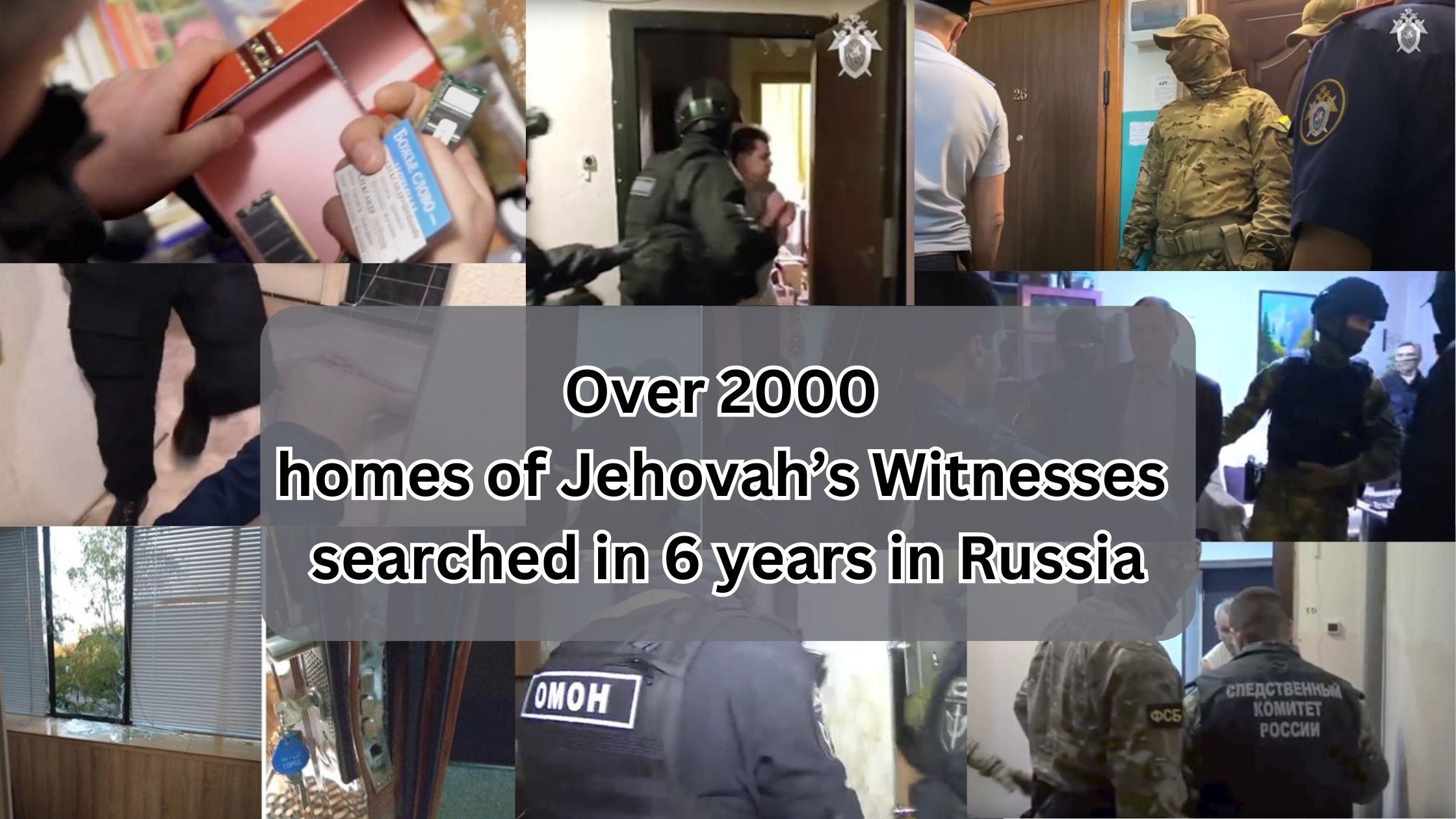The members of the UN Subcommittee on Prevention of Torture (SPT) issued the appeal after concluding their first visit to the State of Palestine, conducted from 10 to 21 September.
Daniel Fink, who headed the delegation, said they received full cooperation from the Palestinian Authority to visit locations in the West Bank, “but we regret that, despite all efforts, we were unable to visit detention facilities in Gaza.”
The Palestinian Authority has administrative control over the West Bank while the militant group Hamas rules the Gaza Strip, which has been under Israeli blockade for more than 15 years.
High-level meetings
The delegation visited 18 detention places in different locations in the West Bank, including prisons, police stations, facilities of the security forces, a psychiatric hospital and a military detention centre.
Members met with high-level officials, including the Prime Minister and the Minister of Interior, who coordinates the National Team for Monitoring the State’s Commitments.
They also held meetings with other State authorities, and the Independent Commission on Human Rights, involving its Gaza branch.
Establish monitory mechanism
The experts recalled that Palestine has been a party to the Convention against Torture and its Optional Protocol since 2014 and 2017, respectively.
States that ratify the Optional Protocol give the SPT the right to visit their places of detention and examine the treatment of people held there.
They said the Government has done much in the interim, pointing to recent positive relevant amendments to the penal code.
However, they remain concerned over the implementation of torture prevention measures during detention and the effective establishment of a monitory body, officially called the national preventive mechanism (NPM).
The delegation also engaged with entities working on drafting legislation related to the NPM and Mr. Fink expressed hope that their visit will prompt its swift formation.
“In particular, we look forward to seeing an independent body that can carry out its mandate in accordance with the State’s legal international obligations, including unannounced visits to any places of deprivation of liberty,” he added.
About UN experts
The SPT is composed of 25 independent and impartial experts from across the globe who monitor adherence to the Optional Protocol, which has been ratified by 93 countries.
They were appointed by the UN Human Rights Council, which is based in Geneva, and are neither UN staff nor are they paid for their work.
Four members visited the State of Palestine, accompanied by two human rights officers from the SPT Secretariat.
The delegation will submit a confidential report to the Palestinian authority in the coming months, which they hope will be made public.














